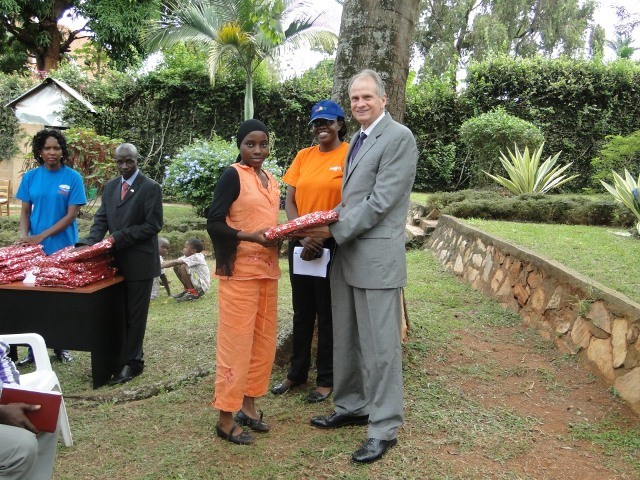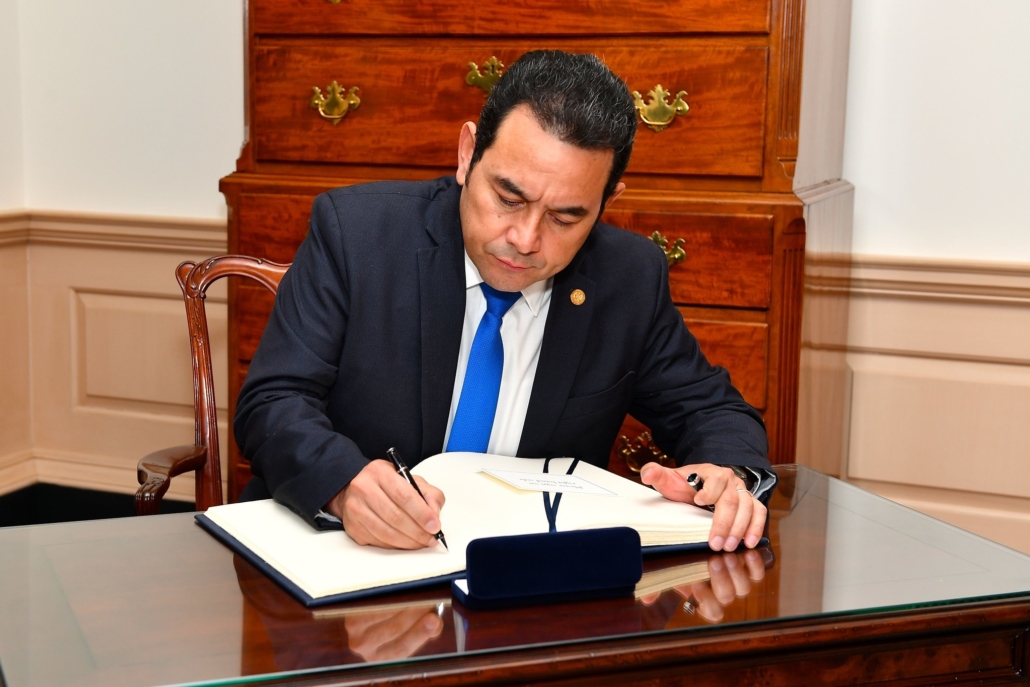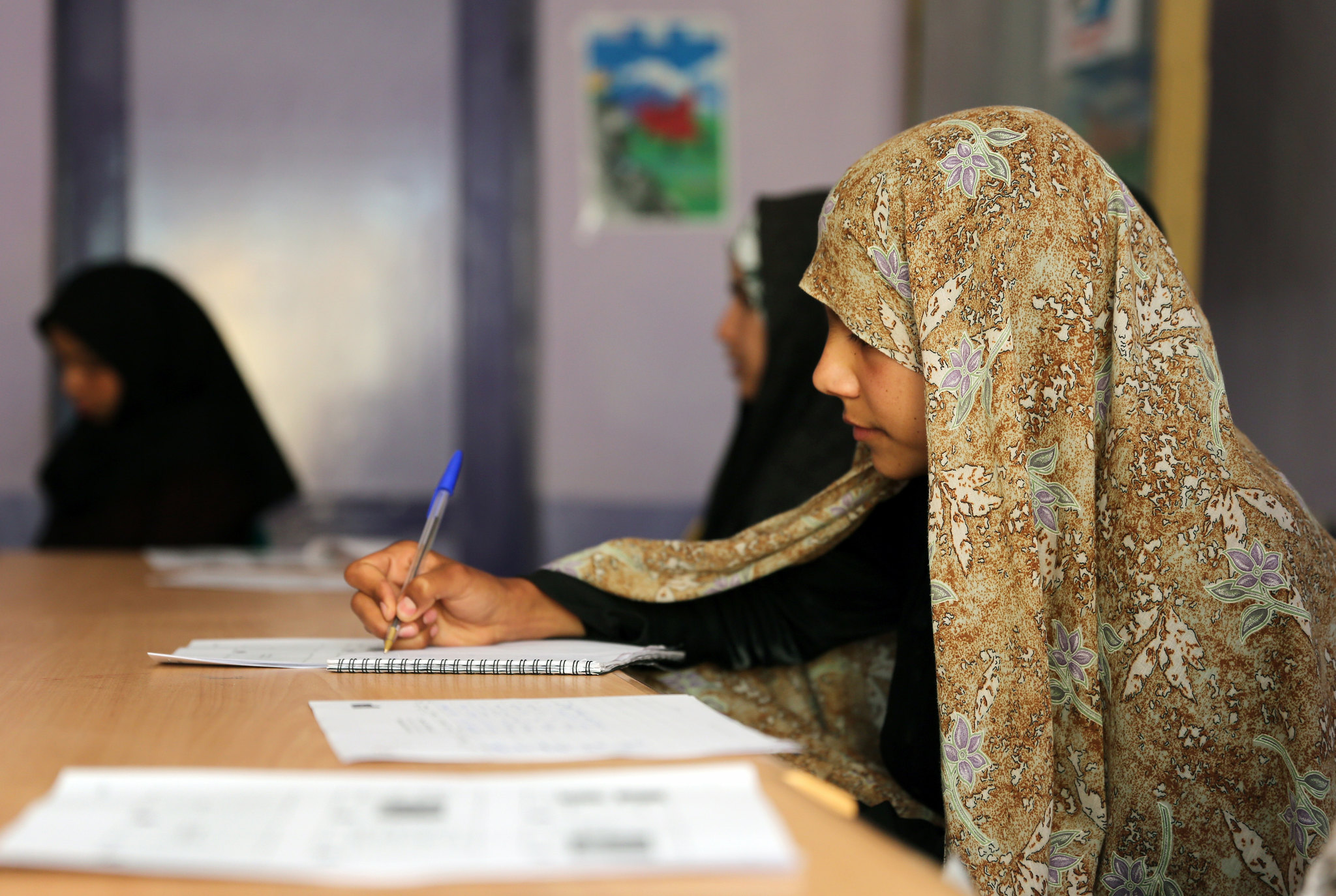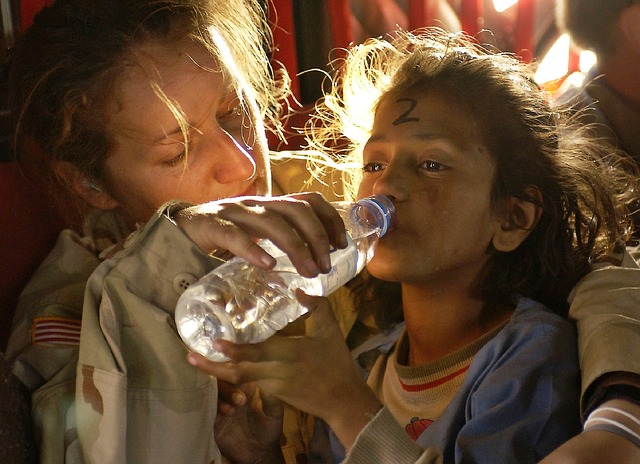
The United Nations (U.N.) Division for Sustainable Development Goals grades member countries on 17 Sustainable Development Goals (SDGs). One can discover the most direct links to potential poverty in a country by analyzing the economy and labor market. The Sustainable Development Report from May 2022 provides updates on SDG 8 in Cuba.
What is SDG 8?
SDG 8 focuses on economic growth and decent work. The factors that influence updates on SDG 8 in Cuba include the country’s gross domestic product (GDP) growth, the unemployment rate, potential victims of modern slavery and “fatal work-related accidents embodied in imports.” Previous updates on SDG 8 in Cuba also showed progress. Both the 2020 and 2021 Sustainable Development Reports showed that Cuba had met SDG 8 and maintained it.
How Did Cuba Do?
The most recent updates on SDG 8 in Cuba come from the 2022 report, which once again, shows Cuba achieving the goal despite economic setbacks in recent years.
In the last decade, Cuba’s gross domestic product (GDP) averaged a growth of about 2% a year, according to the World Bank. The Caribbean island nation’s GDP had not seen negative growth in the 21st century until a slight dip in 2019. Like most countries, the COVID-19 pandemic caused a steep drop in GDP in 2020. After recording a -10.9% GDP in 2020, Cuba rebounded slightly in 2021 with a 2% growth in its economy.
The unemployment rate in Cuba is also relatively low, only hitting 3.87% in 2020. The 2022 Sustainable Development Report places Cuba’s unemployment rate at 2.5% in 2022. Trading Economics predicts that, by 2023, the unemployment rate will drop to 2.2%.
According to the Sustainable Development Report of 2022, 3.8 out of every 1,000 Cubans fell victim to modern slavery. This number likely links to accusations of modern slavery against Cuba in relation to the nation’s international medical outreach program. The most recent allegations pertain to doctors, with the U.N. Human Rights Council’s rapporteur making an official inquiry in November 2019.
Based on reports from Cuban doctors themselves, the United States alleges that Cuban doctors working in other countries are overworked and endure underpayment in the international medical assistance program that brings billions to Cuba each year. The U.S. also alleges that Cuban doctors have to leave their families behind in Cuba to discourage defection while abroad.
As for the factor of fatal work accidents embodied in imports, the 2022 Sustainable Development Report notes 0.2 per 100,000 Cubans. This data is consistent with the 2020 and 2021 reports, indicating stagnation in work-related fatal accident rates.
Potential Progress on SDG 8 in Cuba
One beacon of hope that Cuba is leaning toward to further its economic growth and recovery is the tourism industry. Despite the United States embargo from the Kennedy administration, Cuba used to welcome about 4 million visitors each year from across the globe before the pandemic.
As pandemic restrictions ease, the tourism industry is seeking to capitalize on increased travel. The Cuban government has dedicated 24% of its 2022 budget to tourism, focusing on building new hotel rooms as well as relying on entrepreneurs in the country to bolster the uptick in tourism to the island.
The United States easing travel restrictions to Cuba will help increase the number of visitors to the country. According to an announcement in May 2022, while U.S. citizens cannot travel to the island for tourism purposes, those traveling to Cuba for research or meetings can enter the country.
The State Department announced on May 17, 2022, that it will allow flights from the U.S. to land at other airports in Cuba going forward, lifting a restriction that only permitted flights to land at the José Martí International Airport in Havana.
Barring any unforeseen setback, Cuba expects to increase its GDP by 4% in 2022, according to Prime Minister Manuel Marrero in a report from December 2021. Cuba could maintain SDG 8 for next year by increasing GDP, keeping unemployment low and maintaining the improvements presented in the 2022 Sustainable Development Report. This would mark a small victory for a nation battered by economic stagnation and sanctions from its neighbor to the north.
– Emma Rushworth
Photo: Flickr



 Political and economic instability have been facts of life in Afghanistan for decades. However, one of the few institutions that has made a significant recovery is the education system. There are still twice as many boys in school as there are girls. However, since 2008, the overall number of girls in school has gone up significantly.
Political and economic instability have been facts of life in Afghanistan for decades. However, one of the few institutions that has made a significant recovery is the education system. There are still twice as many boys in school as there are girls. However, since 2008, the overall number of girls in school has gone up significantly. As the current government shutdown stretches into day 21, the effects are starting to show. But, the effects of the current shutdown aren’t just being felt at home. The cuts to funding for the State Department and the U.S. Agency for International Development (USAID) have been felt around the world. Here is the cost of the government shutdown on foreign aid.
As the current government shutdown stretches into day 21, the effects are starting to show. But, the effects of the current shutdown aren’t just being felt at home. The cuts to funding for the State Department and the U.S. Agency for International Development (USAID) have been felt around the world. Here is the cost of the government shutdown on foreign aid.